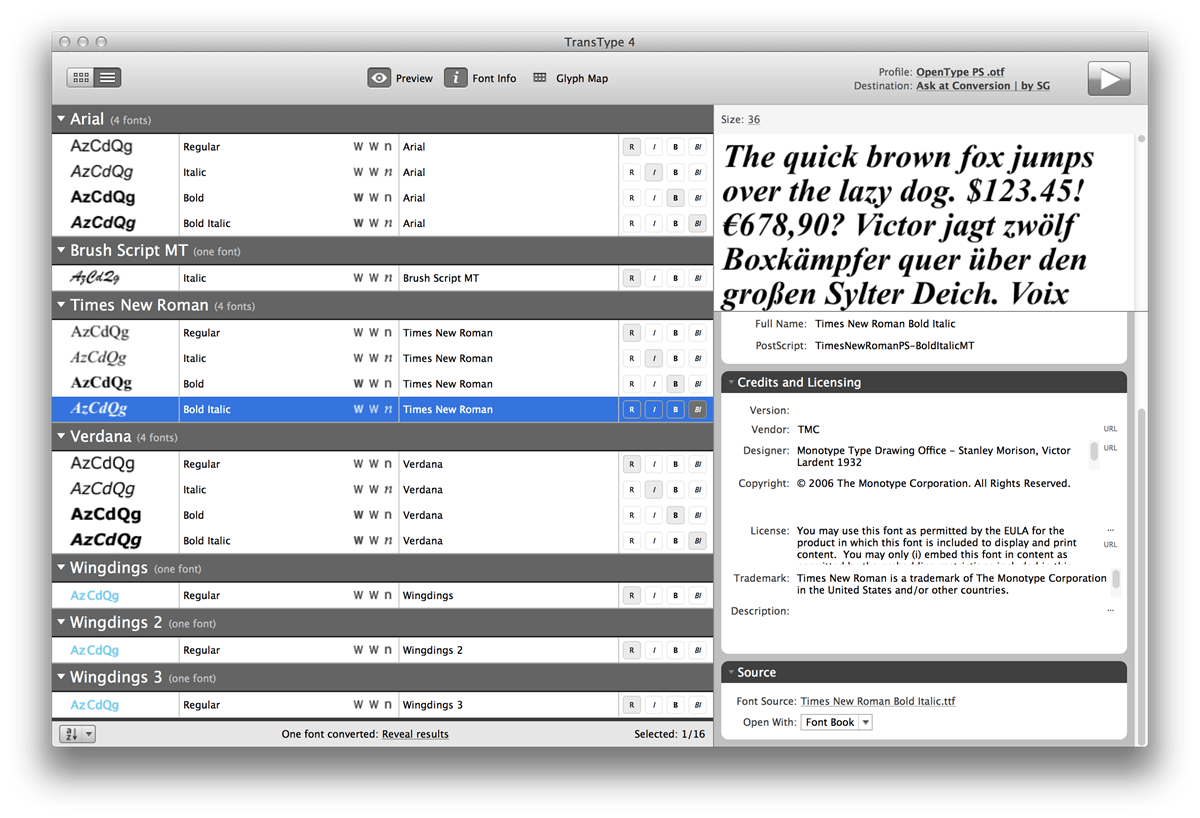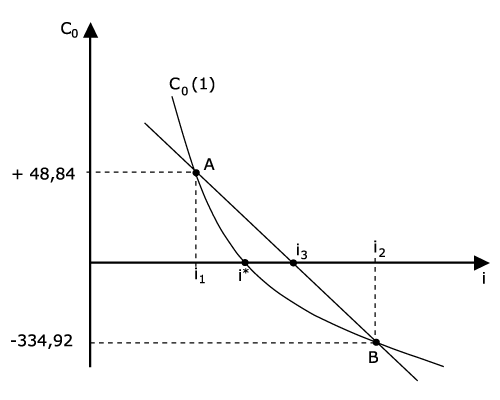


Li J, Song L, Liu C (2018) The cubic trigonometric automatic interpolation spline. Kim H, Cha Y, Kim S (2011) Curvature interpolation method for image zooming.

Khlopenkov KV, Trishchenko AP (2008) Implementation and evaluation of concurrent gradient search method for Reprojection of MODIS level 1B imagery. IEEE Trans Geosci Remote Sens 49(2):679–687 Huang Y, Zhang J, Liu QH (2011) Three-dimensional GPR ray tracing based on Wavefront expansion with irregular cells. Huang CH, Chang CY (2016) An area and power efficient adder-based stepwise linear interpolation for digital signal processing. Gerber F, Jong R, Schaepman ME, Schaepman-Strub G, Furrer R (2018) Predicting missing values in Spatio-temporal remote sensing data. IEEE Transactions on Computational Intelligence and AI in Games 8(1):56–66 Electron Lett 53(14):956–958Įmigh MS, Kriminger EG, Brockmeier AJ, Príncipe JC, Pardalos PM (2016) Reinforcement learning in video games using nearest neighbor interpolation and metric learning.

IEEE Trans Geosci Remote Sens 44(8):2230–2238Ĭhen X, Fei C, Gu C, Mittra R (2017) Efficient technique for broadband monostatic RCS using the characteristic basis function method with polynomial interpolation. IEEE Trans Veh Technol 67(2):1113–1129Ĭhen JM, Deng F, Chen M (2006) Locally adjusted cubic-spline capping for reconstructing seasonal trajectories of a satellite-derived surface parameter. IEEE Transactions on Cloud Computing 6(2):453–463Ĭhaudhari S, Kosunen M, Mäkinen S, Ramanathan C, Oksanen J, Laatta M, Ryynänen J, Koivunen V, Valkama M (2018) Spatial interpolation of Cyclostationary test statistics in cognitive radio networks: methods and field measurements. IEEE Trans Geosci Remote Sens 52(8):4771–4780Ĭafaro M, Pellè P (2018) Space-efficient verifiable secret sharing using polynomial interpolation. IEEE Geosci Remote Sens Lett 12(4):860–864īhattacharjee S, Mitra P, Ghosh SK (2014) Spatial interpolation to predict missing attributes in GIS using semantic Kriging. IEEE Trans Vis Comput Graph 19(12):2723–2732īae JH, Kang BS, Kim KT, Yang E (2015) Performance of sparse recovery algorithms for the reconstruction of radar images from incomplete RCS data. IEEE/ACM Transactions on Audio, Speech, and Language Processing 25(10):1929–1941Īthawale T, Entezari A (2013) Uncertainty quantification in linear interpolation for Isosurface extraction. IEEE Trans Nucl Sci 64(8):2414–2422Īntonello N, Sena ED, Moonen M, Naylor PA, Waterschoot T (2017) Room impulse response interpolation using a sparse Spatio-temporal representation of the sound field. IET Wireless Sensor Systems 6(3):74–81Īliaga RJ (2017) Real-time estimation of zero crossings of sampled signals for timing using cubic spline interpolation. As a new approach for interpolation of sparse samples, our EFIM and algorithms have potential application in related fields.Īli A, Ikpehai A, Adebisi B, Mihaylova L (2016) Location prediction optimization in WSNs using Kriging interpolation. Temporal related EFIM algorithms are also tested for their efficiency, and the normalized absolute error is defined to help indicate when spatio-temporal interpolation should be used. Taking RMSE, AME, AEE as evaluation criterions and using 10-fold cross-validation, the new EFIM based algorithms perform better for spatial interpolation of sparse AQI than current methods, while double parameters based EFIM algorithms have higher precision than single parameter. The monitored AQIs from 4 cities of China are randomly collected as experiment data. Then spatio-temporal interpolation is provided using spatial and temporal information simultaneously. Next double parameters based EFIM is designed, and parameter k is added to control the range of influence, while iterative bilinear interpolation method is used to compute the optimal set of c and k. Single parameter based EFIM is designed for spatial and temporal interpolations, and parameter c is used to control the attenuation of field intensity, while binary search method is adopted to calculate the optimal c. Thus an extended field intensity model (EFIM) is proposed based on the Coulomb’s law. For the sparsely distributed air quality index (AQI), existing techniques have low efficiency to interpolate the value of a non-given point.


 0 kommentar(er)
0 kommentar(er)
